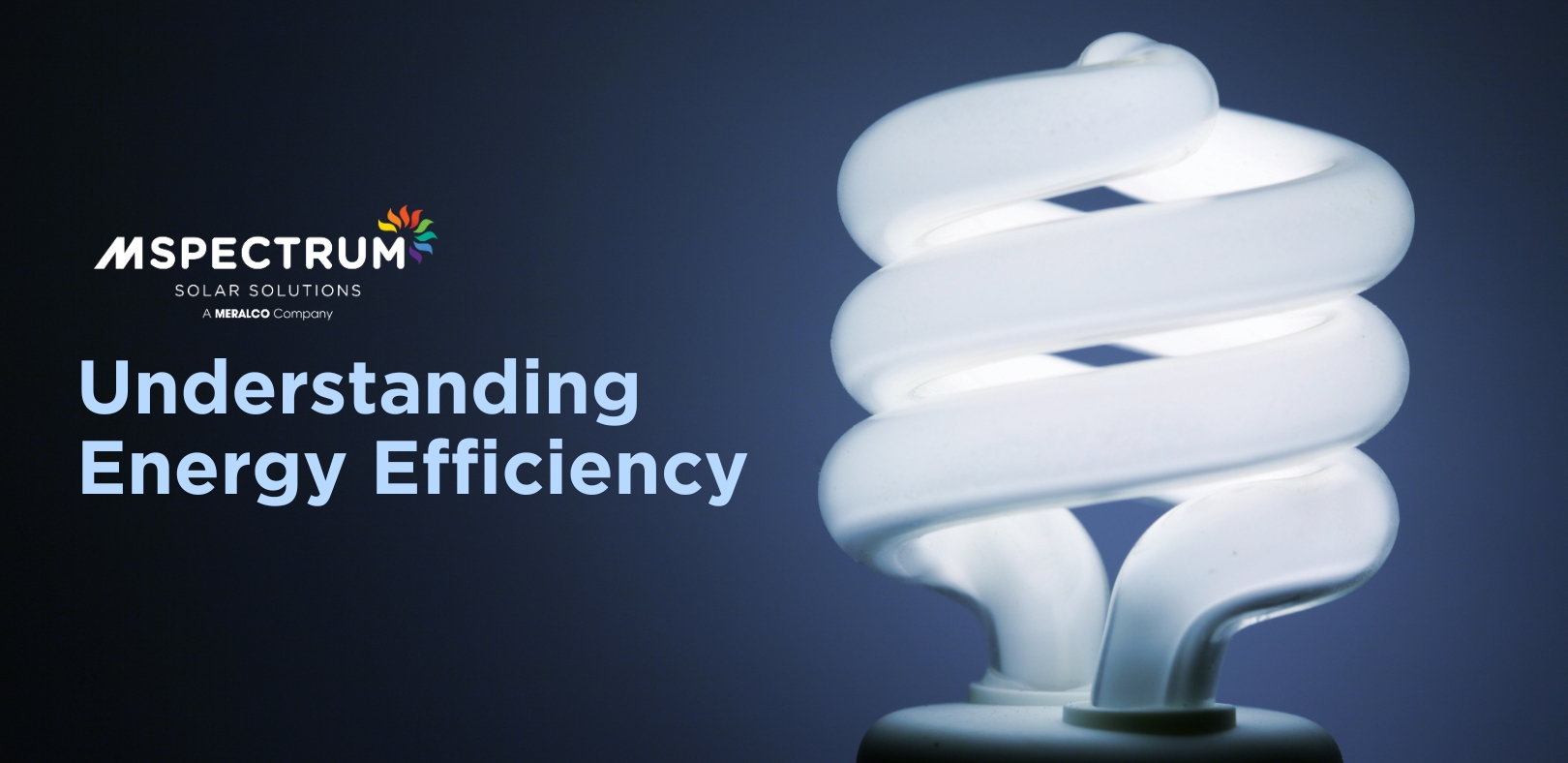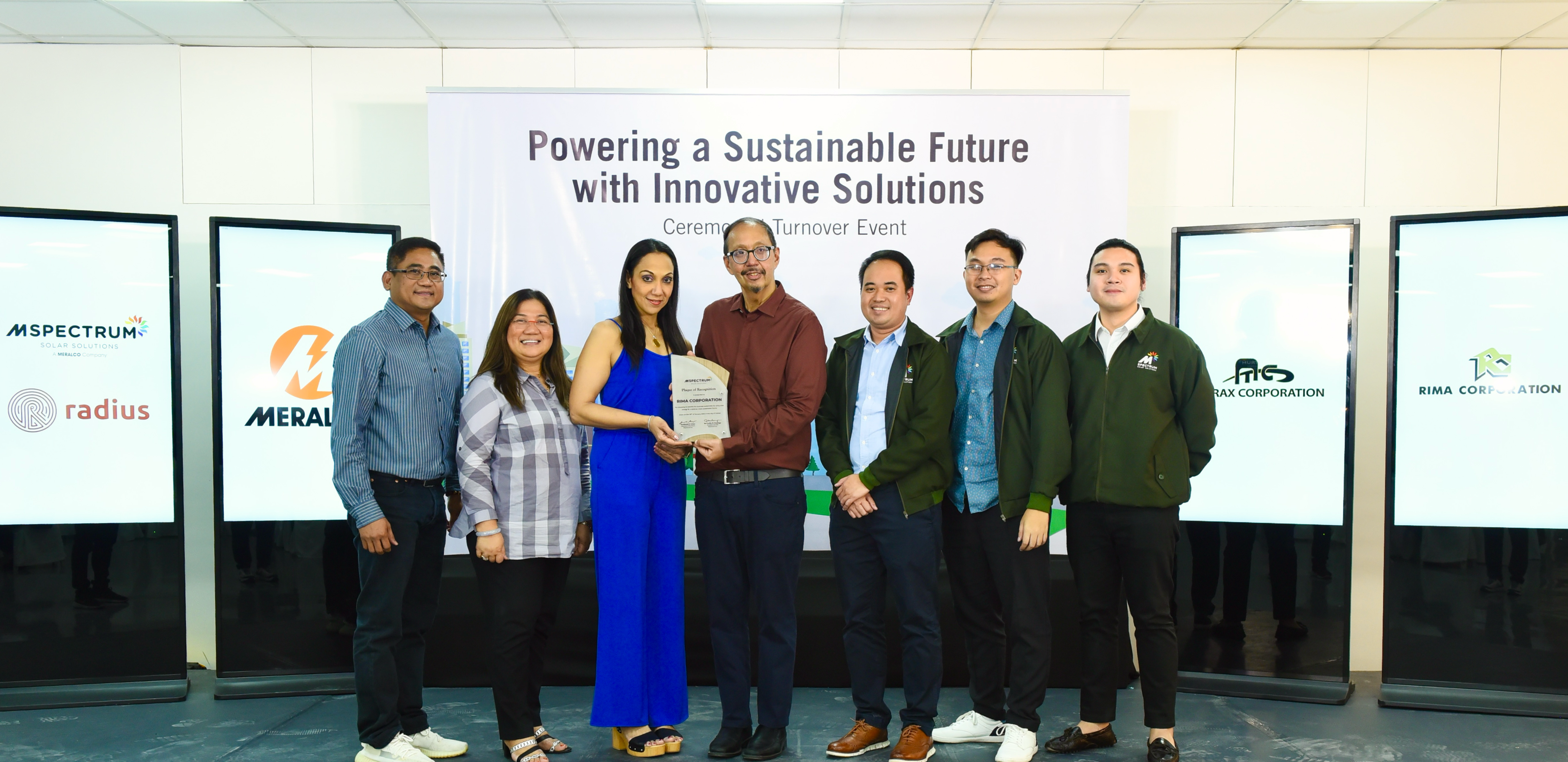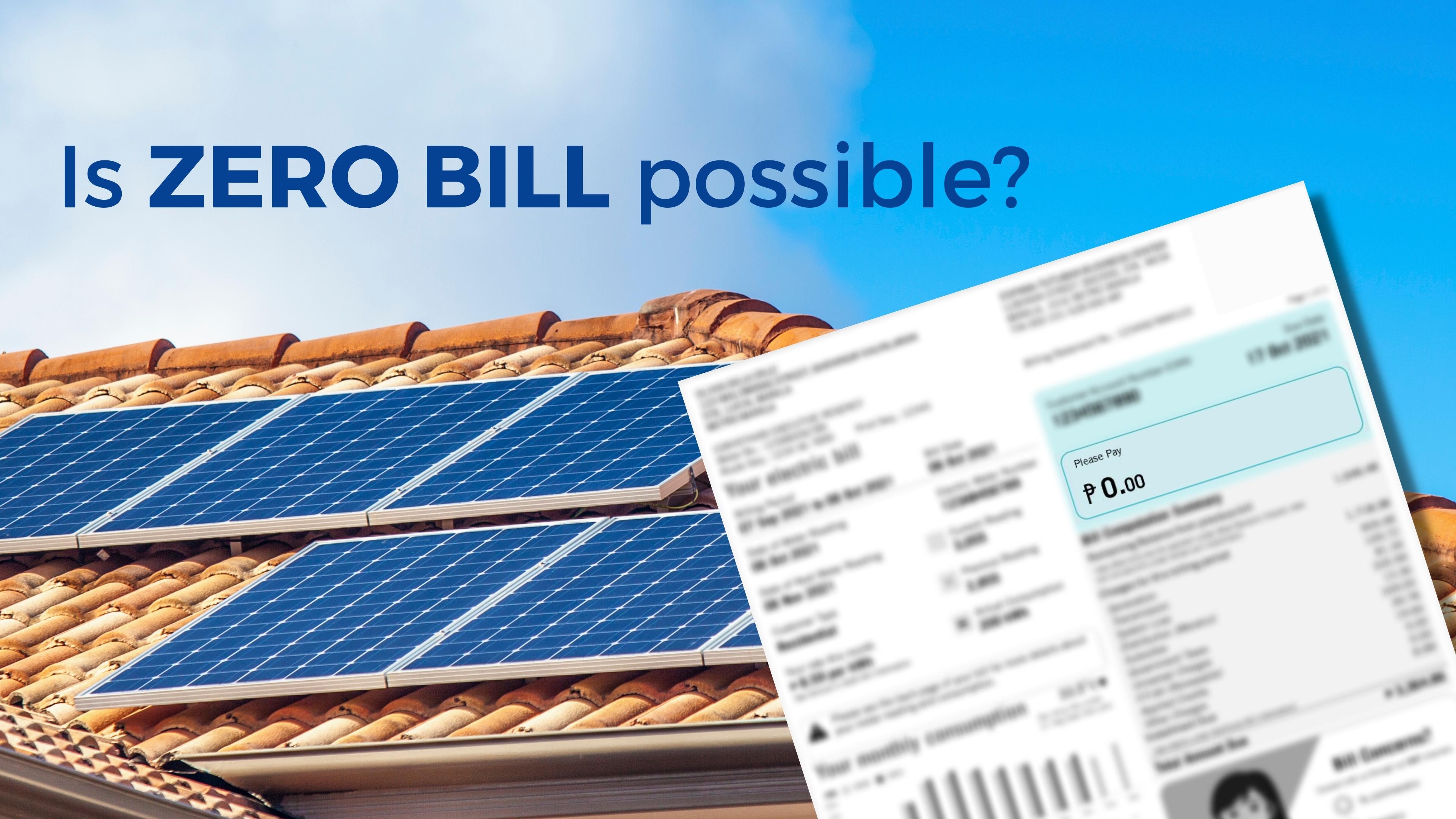Unlocking the Potential: A Comprehensive Analysis of the Solar Industry in the Philippines

The solar industry in the Philippines has experienced significant growth in recent years, thanks to advancements in renewable energy and the government's support for clean power. As a result, companies like Meralco’s MSpectrum Solar Solutions have emerged as key players in the market, offering innovative solar solutions and contributing to the country's efforts to reduce carbon emissions. In this blog, we will provide a comprehensive analysis of the solar industry in the Philippines, exploring the current state of the market, key trends, and the potential for further growth and development.
The growth and potential of the solar industry in the Philippines
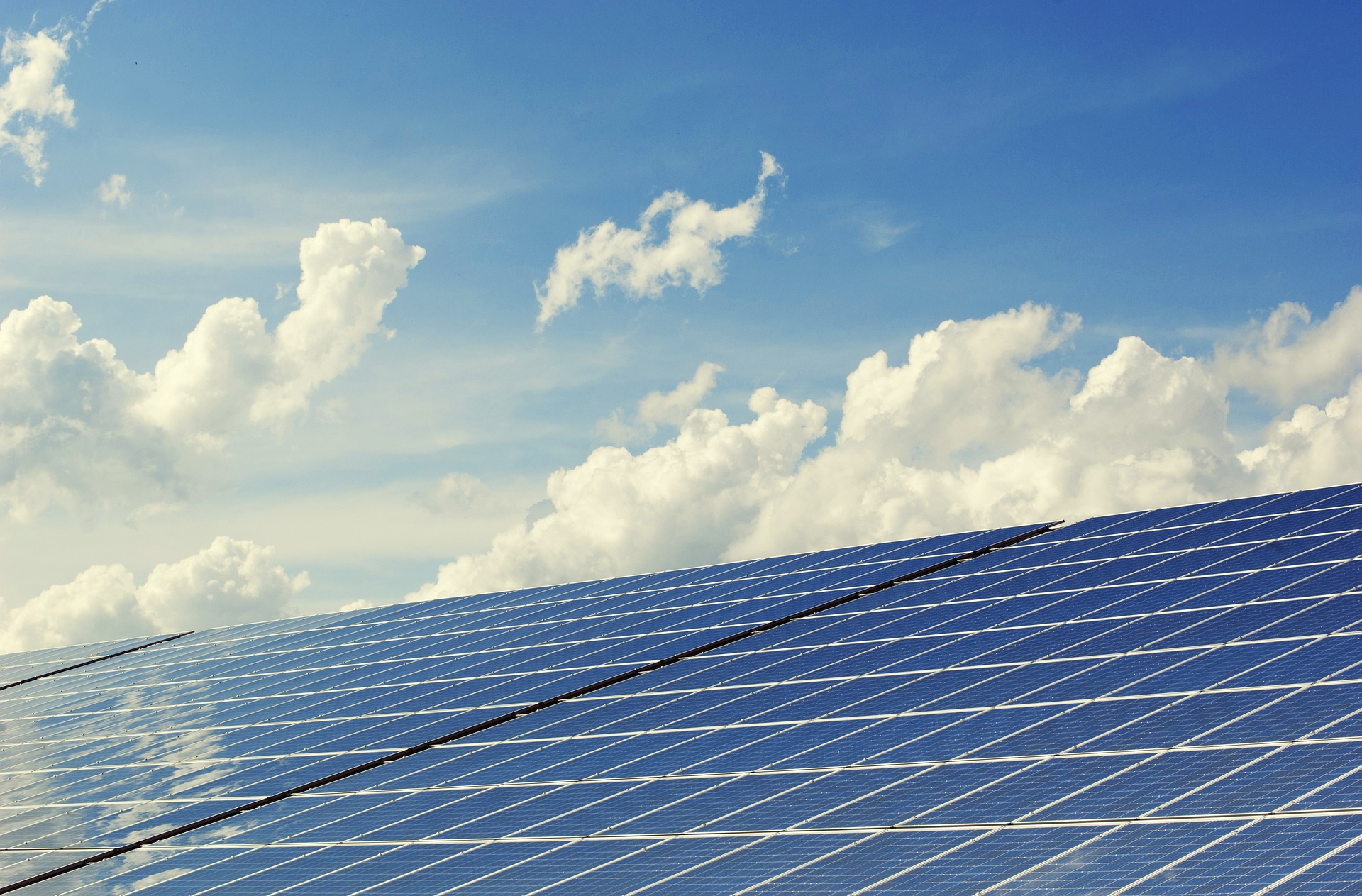
The growth and potential of the solar industry in the Philippines are truly remarkable. Over the past decade, the country has made significant strides in harnessing solar energy as a viable source of power. The government's commitment to renewable energy, coupled with advancements in technology and a favorable regulatory environment, has created a thriving market for solar solutions.
According to recent data, the capacity of solar installations in the Philippines has increased exponentially, with a compound annual growth rate (CAGR) of approximately 50% in the past five years. This impressive growth is expected to continue in the coming years, as more companies and investors recognize the benefits of solar energy and take advantage of the favorable market conditions.
The potential for further growth in the solar industry is immense. With an average of 2,000 hours of sunlight every year, the Philippines has one of the highest solar irradiance levels in the world. This abundance of solar resources, combined with the decreasing costs of solar panels and the increasing demand for renewable energy, presents a tremendous opportunity for the industry to expand even further.
In addition, the government's target of achieving a 35% renewable energy share by 2030 further solidifies the positive outlook for the solar industry. This commitment, along with various incentives and initiatives, will encourage more investments in solar projects and drive the industry's growth.
In the next section, we will delve deeper into the current state of the solar industry in the Philippines, examining the key players, the regulatory framework, and the challenges and opportunities that lie ahead. Stay tuned for an in-depth analysis of the factors shaping the industry and the strategies for unlocking its full potential.
Factors driving the growth of the solar industry
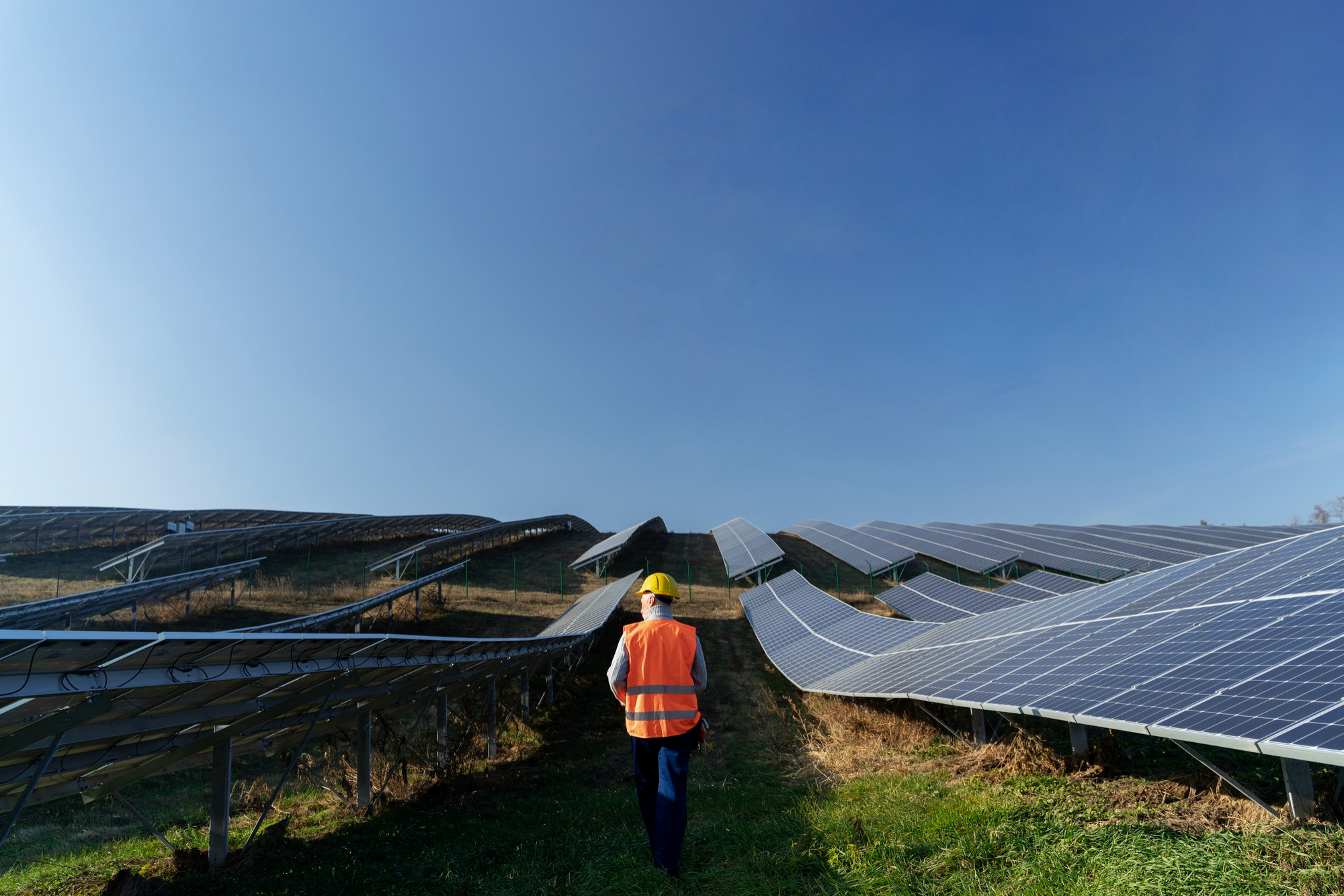
The growth and potential of the solar industry in the Philippines can be attributed to several key factors. First and foremost, the government's commitment to renewable energy has played a significant role in driving the growth of the industry. The Department of Energy has implemented favorable policies and incentives to encourage the adoption of solar energy, such as feed-in tariffs and net metering programs. These initiatives provide financial incentives for individuals and businesses to invest in solar installations, making it more economically viable.
Advancements in solar technology have also contributed to the industry's growth. Over the past decade, there have been significant improvements in solar panel efficiency and affordability. The decreasing costs of solar panels, combined with the increasing demand for renewable energy, have made solar solutions more accessible to a wider audience. This has led to a surge in installations, both in residential and commercial sectors.
Furthermore, the Philippines' abundant solar resources, with an average of 2,000 hours of sunlight each year, make it an ideal location for solar energy production. The high solar irradiance levels present an untapped potential for the industry to grow exponentially.
Lastly, the increasing global concern for climate change and the need to reduce greenhouse gas emissions have pushed companies and investors to seek cleaner and more sustainable energy alternatives. Solar energy, being a clean and renewable source, has gained significant traction as an attractive investment opportunity.
In the next section, we will take a closer look at the various obstacles that come in the way of growth and adaption of solar in the Philippines. Understanding the challenges greatly improves the potential that solar has in becoming a staple in the country’s energy landscape. Let’s discuss these challenges and how it can be resolved.
Challenges and opportunities in the solar industry
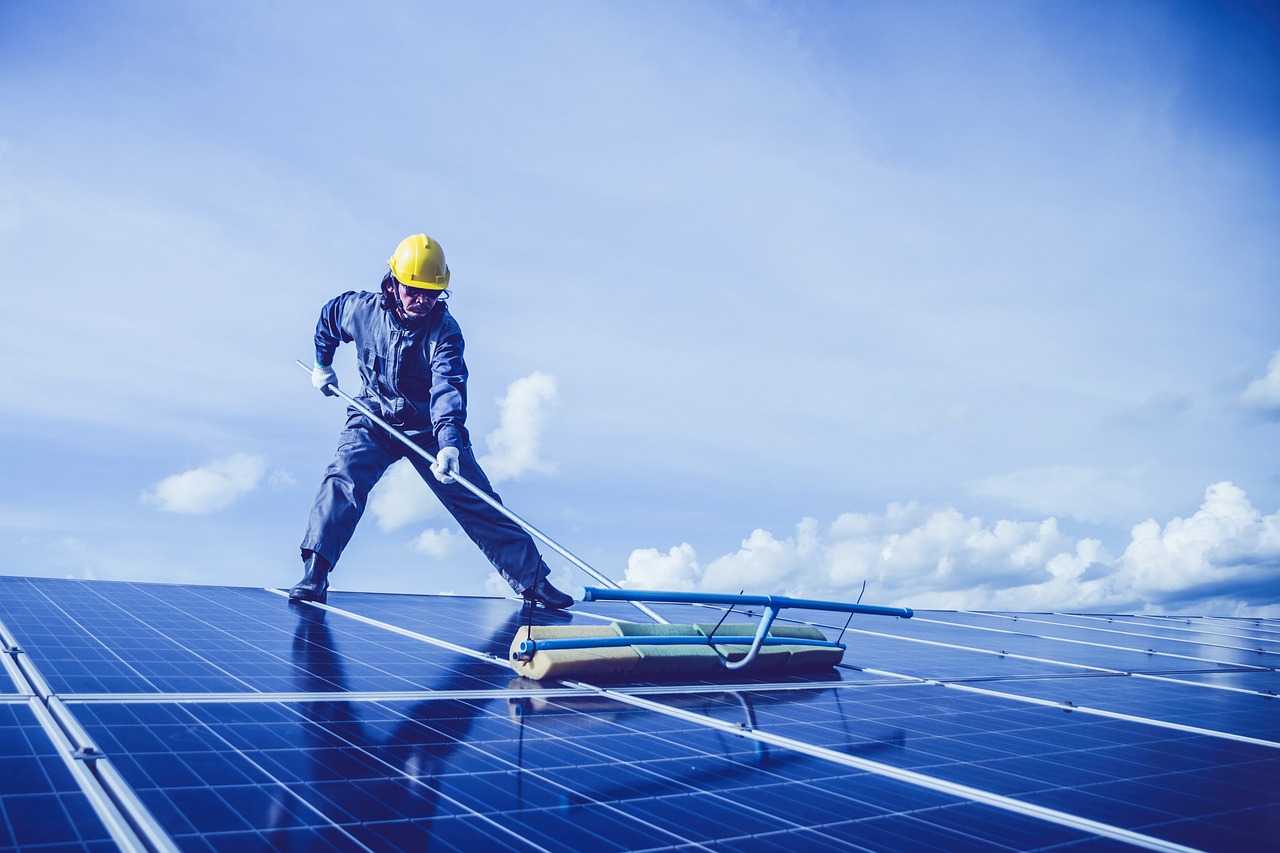
The solar industry in the Philippines is not without its fair share of challenges and opportunities. As the sector continues to grow, it encounters various obstacles that need to be addressed, while also presenting numerous possibilities for further development.
One of the main challenges faced by the solar industry is the high upfront costs associated with solar installations. Despite the decreasing prices of solar panels, the initial investment required for setting up solar power systems can still be a barrier for many individuals and businesses. However, there are opportunities for financial incentives and government subsidies that can help mitigate these costs and make solar energy more accessible.
Another challenge is the intermittent nature of solar power. Solar energy generation is dependent on weather conditions, which can affect its reliability. This intermittency poses a challenge for energy grids, and the integration of solar power into the existing infrastructure needs to be carefully planned and managed.
However, these challenges also highlight the opportunities available in the solar industry. The potential for cost savings and energy independence are attractive incentives for businesses and households to invest in solar power. Moreover, advancements in energy storage technologies are helping to address the issue of intermittency, making solar energy a more reliable and consistent source of power.
In addition to these challenges and opportunities, the solar industry in the Philippines also faces regulatory barriers and bureaucratic processes. The next section will delve into the specific policies and regulations governing the sector, exploring how they impact the growth and potential of the industry. Stay tuned to learn more about the regulatory landscape of the solar industry in the Philippines.
Government policies and regulations supporting the solar industry

The government plays a crucial role in shaping the growth of the solar industry in the Philippines through its policies and regulations. Understanding these policies is essential for both investors and consumers in order to navigate the solar market successfully.
The government has implemented various measures to support the development of the solar industry. One of the key policies is the Renewable Energy Act of 2008, which promotes the use of renewable energy sources and provides incentives for renewable energy projects, including solar power. Under this act, solar investors can enjoy tax incentives, duty-free importation of equipment, and streamlined business registration processes.
To further encourage the adoption of solar energy, net metering policies have been put in place. Net metering allows consumers who generate solar power to sell excess electricity back to the grid, offsetting their energy costs. This incentivizes individuals and businesses to invest in solar installations, as it provides a way to earn income from the excess electricity produced.
Additionally, the Department of Energy (DOE) has been actively promoting the solar industry through its various programs and initiatives. The DOE provides technical assistance, capacity building, and information dissemination to educate and assist stakeholders in the solar sector.
Despite these supportive policies, there are still some regulatory challenges that need to be addressed. The next section will delve deeper into the specific regulations governing the solar industry and analyze their impact on its growth and potential. Stay tuned to learn more about how government regulations shape the solar market in the Philippines.
The future of the solar industry in the Philippines

With the government's commitment to renewable energy and the numerous policies and initiatives in place, the future of the solar industry in the Philippines looks promising. The country's abundant sunlight and favorable regulatory environment position it as a prime location for solar investments.
One key aspect that will shape the industry's future is the continued growth in solar capacity. The Philippine government aims to achieve a 35% renewable energy share in the energy mix by 2030, with solar power playing a significant role in reaching this target. As a result, we can expect to see a surge in solar installations across the country in the coming years.
Furthermore, advancements in technology and decreasing costs of solar panels and other equipment will contribute to the industry's growth. As the price of solar energy continues to become more competitive compared to conventional power sources, more consumers and businesses will be enticed to switch to solar.
In light of these developments, it is essential for investors, consumers, and stakeholders to stay informed about the latest industry trends, policies, and opportunities. In the next section, we will explore the various resources and organizations that can provide valuable insights and support to those interested in the solar industry in the Philippines.
Conclusion
In conclusion, the future of the solar industry in the Philippines holds great potential. With the government's commitment to renewable energy and the target of achieving a 35% renewable energy share by 2030, the country is well-positioned to become a leader in solar power. The continued growth in solar capacity, combined with advancements in technology and decreasing costs, will contribute to the industry's expansion.
To stay informed and take advantage of the opportunities in the solar industry, it is crucial for investors, consumers, and stakeholders to stay updated on the latest trends and policies. Thankfully, there are various resources and organizations that provide valuable insights and support. In the next section, we will explore these resources and organizations in detail to help you navigate the solar industry landscape in the Philippines.
For all your solar service needs, choose wisely. Choose MSpectrum, your end-to-end solar solutions provider!
MSpectrum offers tailor-fit solutions for industrial, commercial, and residential customers through an in-depth understanding of energy consumption behaviors and strategic partnerships with world-class technology partners.
Backed by Meralco’s energy expertise and proven safety track record, the renewable energy company has been providing services and solutions to help customers reduce their costs while taking part in saving the planet.
Share this article:






